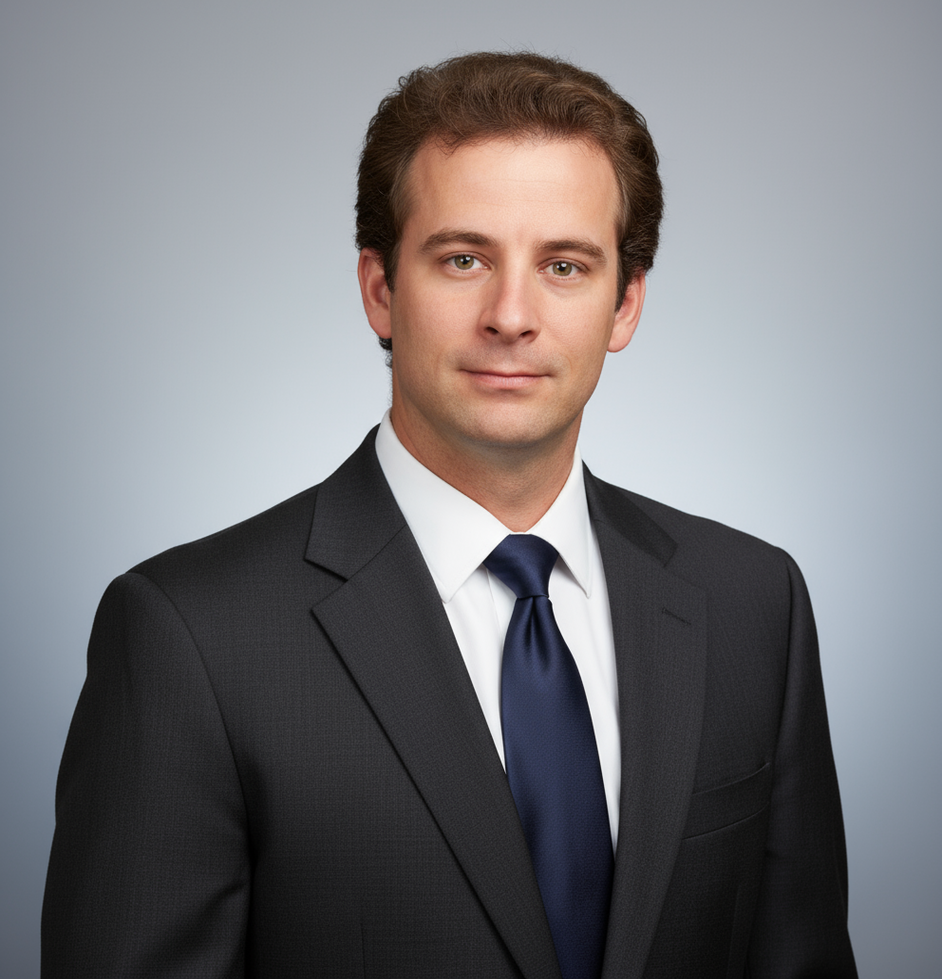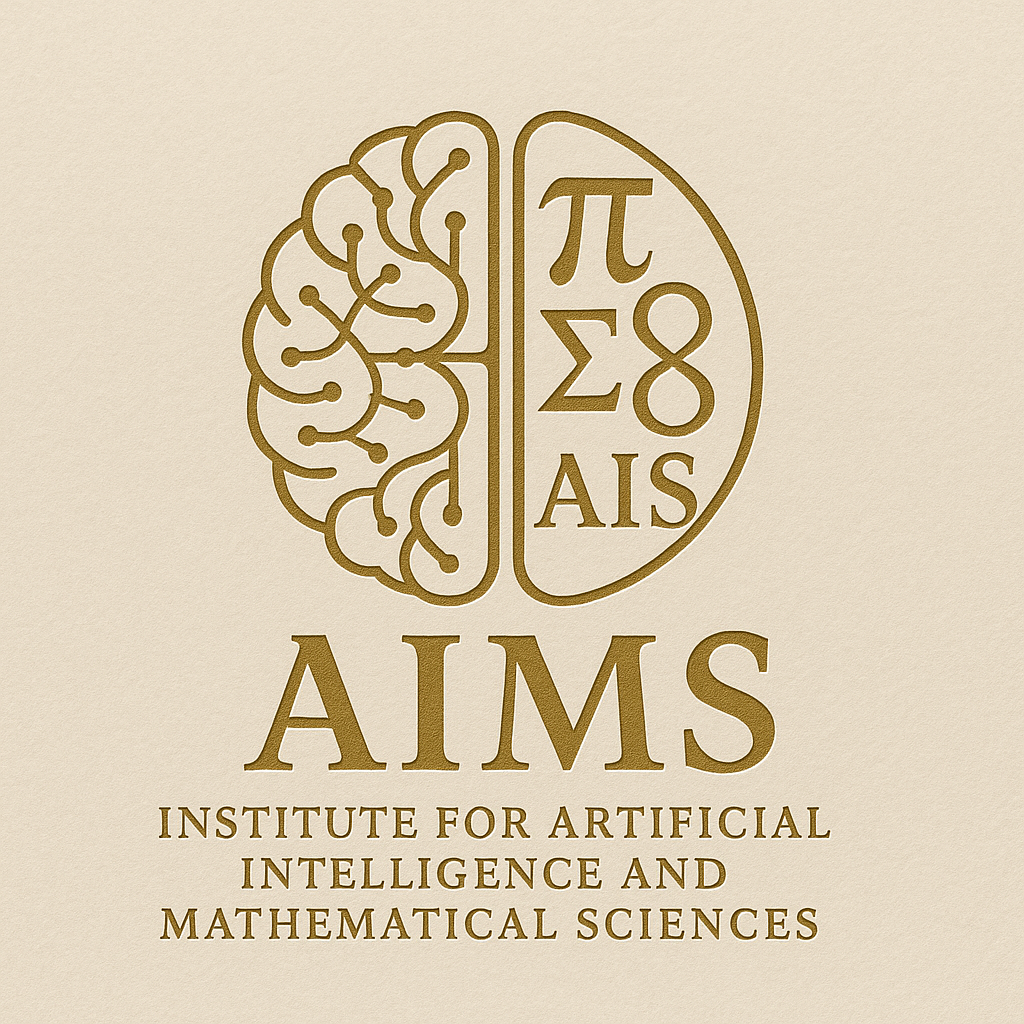Tanush Shaska
MR Author Id 678224 zbMath Orcid dblp Google Scholar Arxiv Math Genealogy CV Contact

Short Bio
I was trained in Computational Algebra and Inverse Galois Theory. My thesis focused on computing the locus of genus 2 curves with (n,n)-split Jacobians, a significant computational effort involving Gröbner bases, invariants of group actions, and invariant theory. I computed the cases for n=3, 5 and provided a general method for higher n. These equations were verified for the first time by A. Kumar 15 years later and remain relevant in isogeny-based cryptography and the computation of (n,n)-isogenies.
Along the way, I learned some coding theory, algebraic geometry, and number theory. Some areas of my research are presented below. Click on the items on the right for links to my papers, teaching, editorial work, and other activities. The grouping below loosely categorizes my research and is intended primarily for personal use. If you are interested in collaborative research, please feel free to contact me or complete the form
Teaching
Patents
Graded Transformer Architectures Enforcing Safety Hierarchies in Autonomous Vehicles
Graded Codes for Post-Quantum Blockchain Security; Filed on August 25, 2025 with USPTO.
Latest Research
Stacky Heights, Entropy, and Zeta Functions of Weighted Hypersurfaces over Finite Fields (in progress)
sh-109: Beyond Prediction: Graded Intelligence for Large Language Models
Hitchin spinors on genus-two curves with symmetries
Arithmetic Sparsity and Cohomological Obstructions in Weighted Projective Spaces
Quantum Weighted Algebraic Codes for Blockchain Cryptography
Rational points of weighted hypersurfaces over finite fields, Finite Fields App (submitted)
Graded Quantum Codes, Designs, Codes, and Cryptography (submitetd)
Graded Transformers: A Symbolic-Geometric Approach to Structured Learning
Rational Functions on the Projective Line, J. Symb. Comp. (in final review)
Weighted Heights and GIT Heights, J. Algebraic Combinatorics
Graded Neural Networks, Inter. Jour. Data Science in Math. Sciences, 2025
Artificial neural networks on graded vector spaces, Cont. Math, 2026.
On generalized superelliptic Riemann surfaces, Transformation Groups (2025)
Arithmetic inflection of superelliptic curves, Michigan Math. J. 75 (4) 675-724, 2025.
Machine learning for M_2 and isogeny based cryptography, J. Alg. Combin. 61 (2025), no. 2, No. 23, 35 pp.
Vojta's conjecture on weighted projective varieties, Eur. J. Math. 11 (2025), no. 1, No. 12, 33 pp.
Local and global heights on weighted projective varieties, Houston J. Math. 49 (2023), no. 3, 603–636.
On Isogenies Among Certain Abelian Surfaces. Michigan Math. J. 71 (2022), no. 2, 227–269.
Superelliptic curves with automorphisms and CM Jacobians, Math. Comp. 90 (2021), no. 332, 2951–2975.
Prym varieties for bielliptic curves of genus 3 and 5, Pure Appl. Math. Q. 17 (2021), no. 5, 1739–1784.
Weighted greatest common divisors and weighted heights, J. Number Theory 213 (2020), 319–346.
Cryptography Activities
Isogeny based post-quantum cryptography, NATO ARW, Hebrew University
Curves, Jacobians, and cryptography. Contemp. Math., 724, 279–344, 2019.
Abelian varieties and number theory. Contemporary Mathematics, 767. 2021.
Advances on superelliptic curves and their applications. NATO ASI: Hyperelliptic Curve Cryptography, Ohrid 2014.
Algebraic aspects of digital communications. New Challenges in Digital Communications, Vlora 2008. NATO Science for Peace and Security Series D: Information and Communication Security, 24. IOS Press 2009.
Advances in coding theory and cryptography. Series on Coding Theory and Cryptology, 3. World Scientific
Isogenies, genus 2 Jacobians
Isogenous components of Jacobian surfaces, Eur. J. Math. 6 (2020)
Genus two curves with many elliptic subcovers, Comm. Algebra 44 (2016)
Genus 2 curves with degree 5 elliptic subcovers, Forum Math. 21 (2009)
Genus 2 fields with degree 3 elliptic subfields, Forum Math. 16 (2004)
Genus 2 curves with (3,3)-split Jacobian and large automorphism group.
ANTS 2002, Lecture Notes in Comput. Sci., 2369, 2002Curves of genus 2 with (n,n)-decomposable Jacobians, J. Symb Comp, 2001
Curves of genus two covering elliptic curves.
Thesis (Ph.D.)–University of Florida. 2001, ProQuest LLC
Automorphism groups of algebraic curves
Generalized superelliptic Riemann surfaces, Transformation Groups, 2025
On automorphisms of algebraic curves. Algebraic curves and their applications, Contemp. Math., 2019.
On the field of moduli of superelliptic curves, Contemp. Math. 2018
The q-Weierstrass points of genus 3 hyperelliptic curves with extra automorphisms, Comm. Algebra, 45 (2017), no. 5, 1879-1892.
Some remarks on the hyperelliptic moduli of genus 3, Comm. Algebra, (2014)
Bielliptic curves of genus 3 in the hyperelliptic moduli, Appl. Algebra Eng. Commun. Comput., 2013, 24 (5), 387-412.
Galois group of prime degree polynomials, Lect. Notes Comp, 2005
Some special families of hyperelliptic curves, J. Algebra Appl., (2004)
Hyperelliptic curves with extra involutions, LMC J. of Comp. Math., (2005)
Determining the automorphism group of hyperelliptic curve , ISSAC 05,2003
The locus of curves with prescribed automorphism group, Communications in arithmetic fundamental, Sūrikaisekikenkyūsho Kōkyūroku, (2002)
Elliptic subfields and automorphisms of genus 2 function fields, Algebra, Arithmetic and Geometry with Applications, 2004.
Coding Theory
Self-inversive polynomials, curves, and codes, Cont.. Math., 703, 2018
Weight distributions, zeta functions and Riemann hypothesis for linear and algebraic geometry codes, (2015)
Theta functions and symmetric weight enumerators for codes over imaginary quadratic fields, Des. Codes Cryptogr. (2015)
Quantum codes from superelliptic curves, Albanian J. Math. (2011)
Quantum codes from algebraic curves with automorphisms. Condensed Matter Physics, 2008, Vol. 11, No 2 (54), 383-396.
On the homogeneous algebraic graphs of large girth and their applications, Linear Algebra Appl. (2009)
Codes over rings of size p^2 and lattices over imaginary quadratic fields, Finite Fields Appl. (2010)
On the automorphism groups of some AG-codes based on C_{a,b} curves
Serdica J. Comput. (2007)Codes over rings of size four, Hermitian lattices, and corresponding theta functions, Proc. Amer. Math. Soc. (2008)
Codes over F_{p^2} and F_pxF_p, lattices, and theta functions, Ser. Coding Theory Cryptol., 3, 2007
Words of wisdom
"This poor guy is a victim of the system, one of those people who can't write down an equation even if their life depended on it."
— A famous mathematician, speaking about a "modern algebraic geometer".
"Maybe you’ll find yourself in a mediocre department where your work is intentionally undervalued, people with much lesser research records are promoted before you, and hypocrites and frauds run wild. Don’t get discouraged; don’t give up! Remember why you got into math? It wasn’t for the money, recognition, or fame—it was for that special feeling you get when you find the perfect solution or understand a beautiful argument. That hasn’t changed, son! If you still have that magical feeling, you’re doing fine."
– From Dad.
"I can't believe they destroyed a perfectly good old farm to build this damn university."
– From an old colleague.
David Hilbert’s radio address - English translation.
“There is a secret to mathematics: do what you can, not what you dreamed of doing. And try to learn from any paper that you write.”
– John Thompson, after my dissertation defense
“Certainly the best times were when I was alone with mathematics, free of ambition and pretense, and indifferent to the world.” Langlands, in Mathematicians: An Outer View of the Inner World.
-From James Milne website
